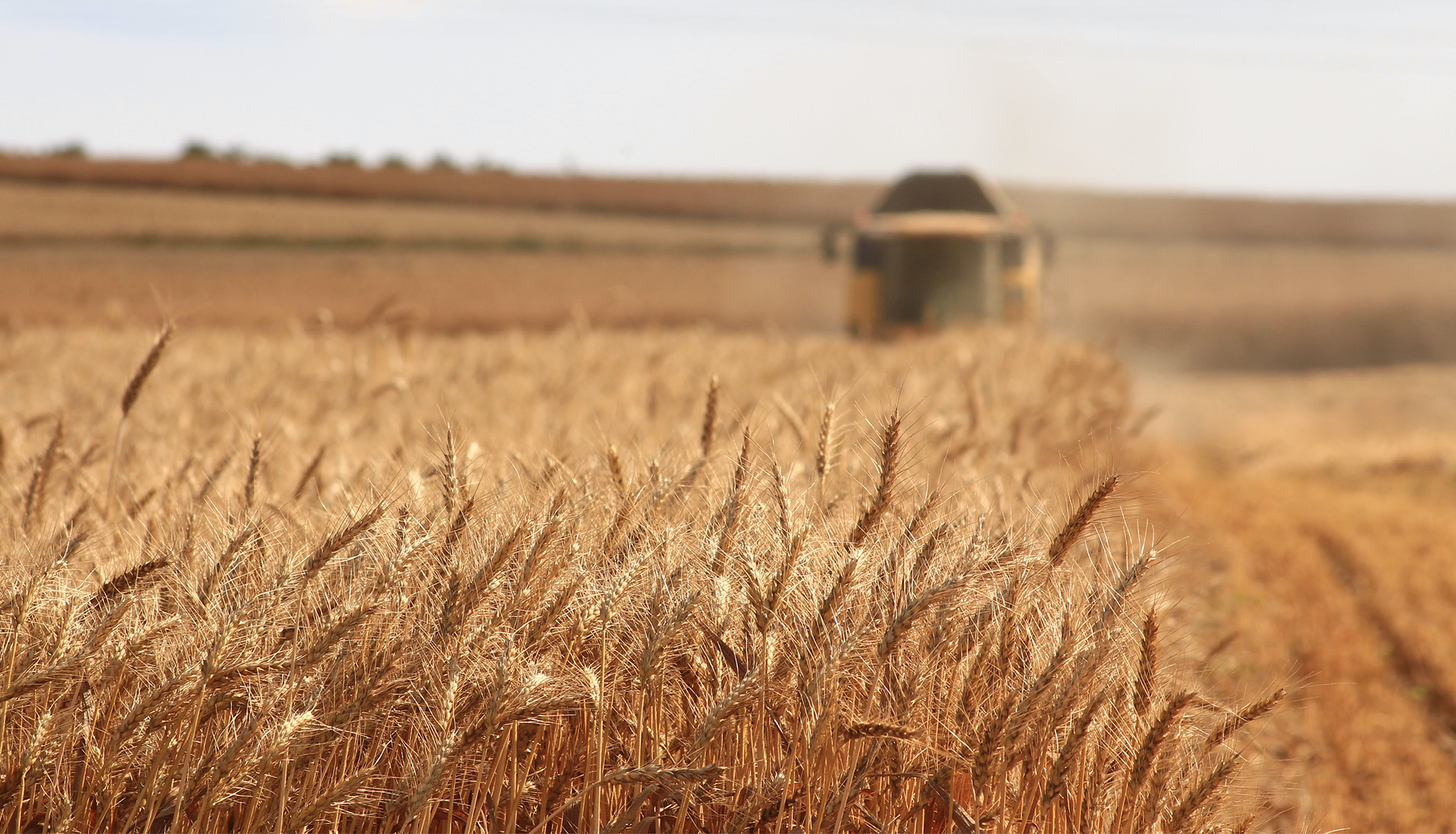A new report reveals that climate action on food systems can deliver 20 percent of the overall global emission reduction needed by 2050.
Policy makers have failed to highlight national food systems as a key area in the fight to keep global temperatures from rising 2 degrees above pre-industrial levels, a new report from the United Nations, World Wildlife Fund, and Climate Focus has revealed.
For context, the agriculture, forestry, and land-use sectors are responsible for up to 37 percent of all human-created greenhouse gas emissions and nearly a quarter of the world’s emissions in total, yet food reform is largely ignored as a mitigation opportunity by those with the power to enact tangible change.
Under the 2015 Paris Agreement, national leaders are expected to revise and resubmit their own climate related progress every five years. Therefore, 2020 presents the perfect opportunity to absorb the facts and realign our priorities – with the report suggesting that food related solutions can account for 20 percent of the 2050 emission goal alone.
To date, only 11 countries have NDCs (Nationally Determined Contributions) which outline plans to reduce food loss and waste, despite both issues accounting for 8 percent of GHG emissions, and not a single one mentions the notion of promoting plant-based diets. Thankfully, the report has outlined 16 specific actions policy makers can take to make a serious dent in what’s being described as the ‘Decade of Action’.
Do you want climate-friendly food that is produced by people you can trust in a way that cares for animals? Take action now and sign the petition to stop food imports produced to illegal standards. https://t.co/cojcAIFkpX
— Nicholas Soames (@NSoames) June 5, 2020



















